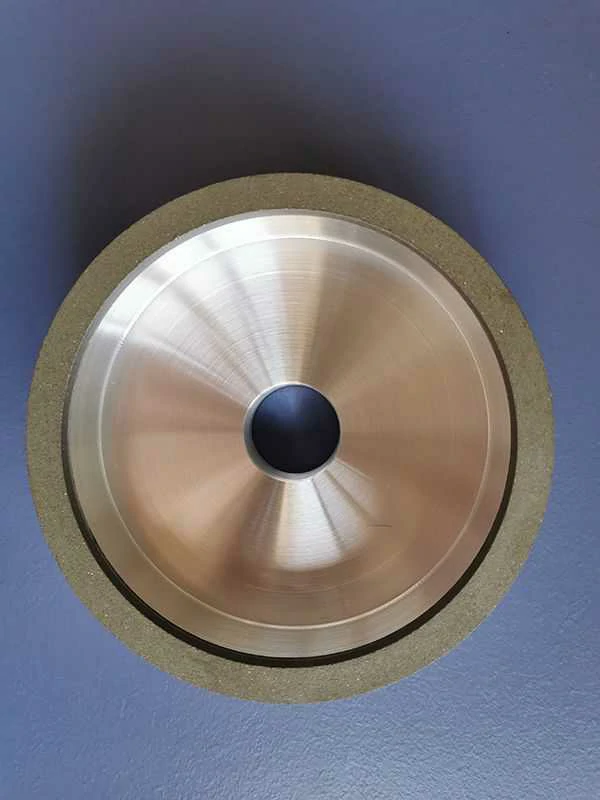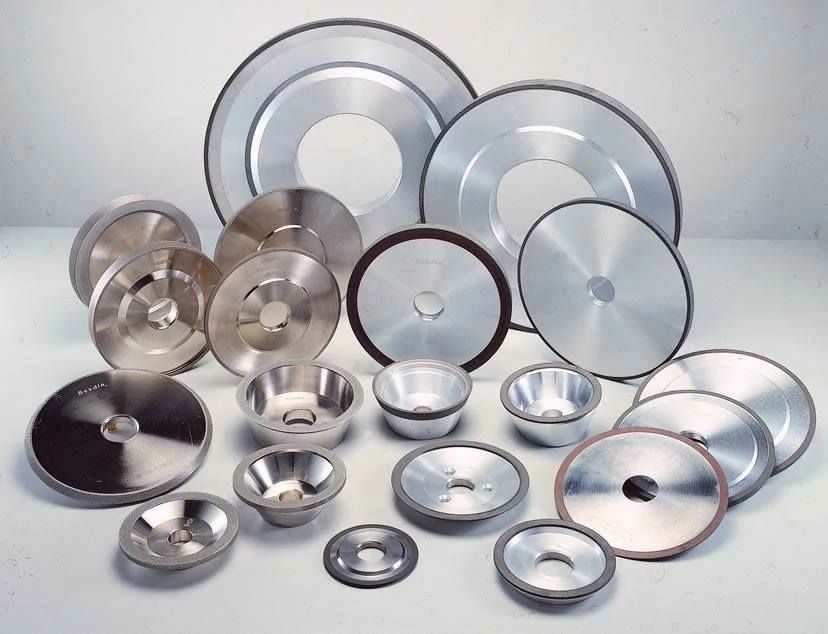Graphene 3D Printing Technology: Revolutionizing the Future of Manufacturing
Graphene, a remarkable material known for its extraordinary properties, has been at the forefront of scientific research and technological advancements in recent years. One of the most exciting applications of graphene is in 3D printing technology, where it has the potential to revolutionize the future of manufacturing.
Graphene, a single layer of carbon atoms arranged in a two-dimensional honeycomb lattice, possesses exceptional mechanical, electrical, and thermal properties. It is incredibly strong, flexible, and lightweight, making it an ideal candidate for various applications. In the field of 3D printing, graphene’s unique properties offer unprecedented opportunities for fabricating complex and high-performance structures with incredible precision.
One of the key advantages of graphene 3D printing technology is its ability to create objects with superior strength and durability. Graphene can be mixed with other materials to enhance their mechanical properties. By incorporating graphene into the printing process, manufacturers can produce lightweight yet strong components that are resistant to wear and tear. This breakthrough has significant implications for industries such as aerospace, automotive, and construction, where high-strength materials are in demand.
Another remarkable feature of graphene is its exceptional electrical conductivity. Traditional 3D printing techniques often struggle to create conductive objects, limiting their potential applications in electronics and sensors. However, graphene-based 3D printing overcomes this limitation by enabling the fabrication of intricate conductive structures. This opens up new possibilities for the production of electronic devices, wearable technology, and smart sensors, leading to a more interconnected world powered by graphene innovation.
Furthermore, graphene’s excellent thermal conductivity allows for efficient heat dissipation, making it suitable for manufacturing heat-sensitive components. 3D printing with graphene can help overcome the challenges posed by overheating in electronic devices and machinery. By incorporating graphene into the design and structure of these components, manufacturers can improve their efficiency, reliability, and lifespan.
Graphene 3D printing technology also offers a sustainable alternative to traditional manufacturing methods. The additive nature of 3D printing reduces material waste and energy consumption, resulting in a more environmentally friendly production process. Additionally, the ability to create complex structures with graphene opens up opportunities for lightweight designs, reducing the overall weight and carbon footprint of manufactured goods.
Despite the immense potential of graphene 3D printing, there are still challenges to overcome. One significant hurdle is the scalability of the technology. While researchers have achieved impressive results on a small scale, mass production using graphene-based 3D printing methods remains a complex task. Implementing graphene 3D printing in large-scale manufacturing processes will require further research, development, and investment.
In conclusion, graphene 3D printing technology holds enormous promise for the future of manufacturing. Its exceptional mechanical, electrical, and thermal properties make it a game-changer in various industries, offering enhanced strength, conductivity, and sustainability. While there are challenges to overcome, the continued advancement and adoption of graphene 3D printing will undoubtedly lead to innovation, efficiency, and a new era of manufacturing. As we look ahead, it is clear that this revolutionary technology will shape our world in ways we can only begin to imagine.
.webp)



